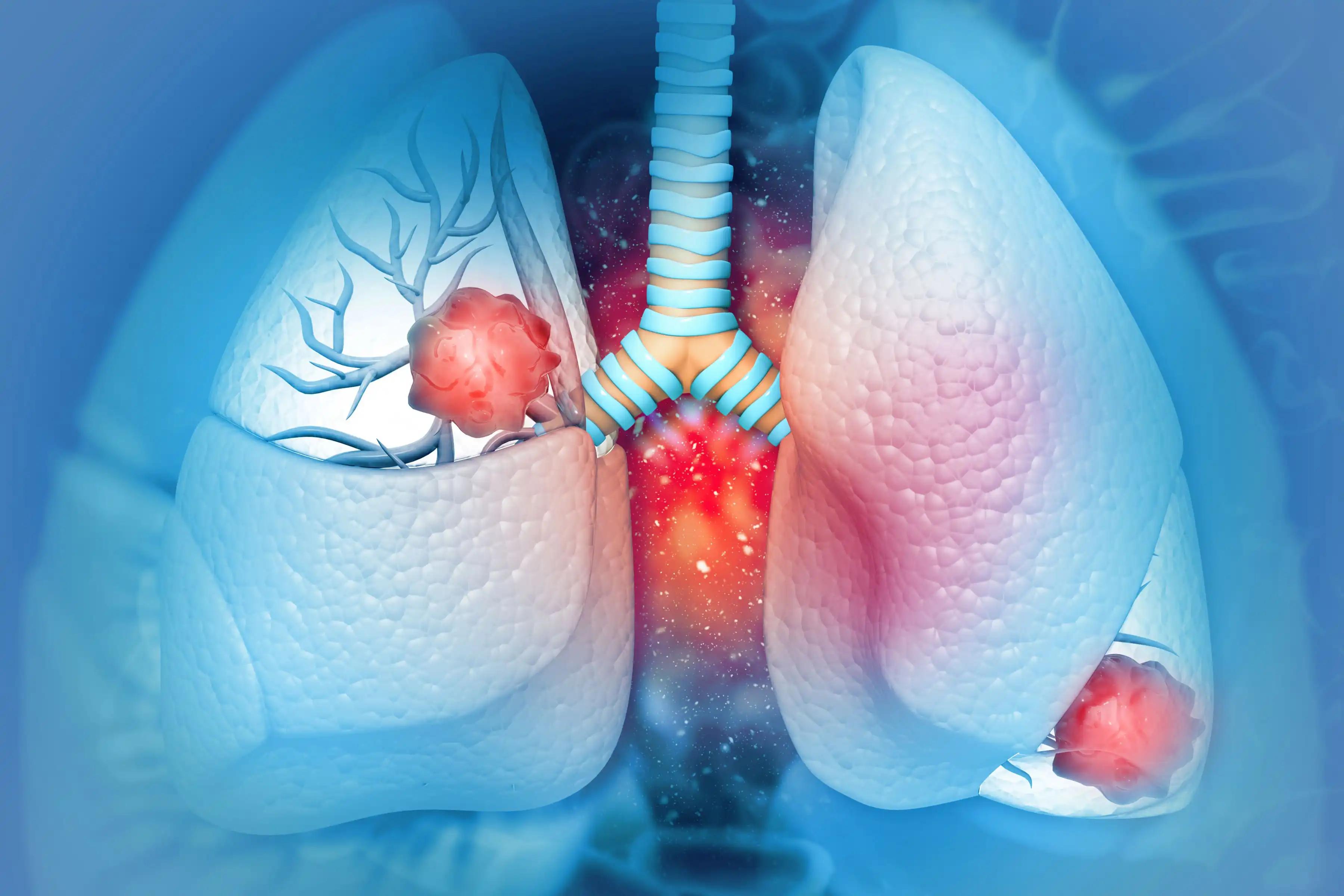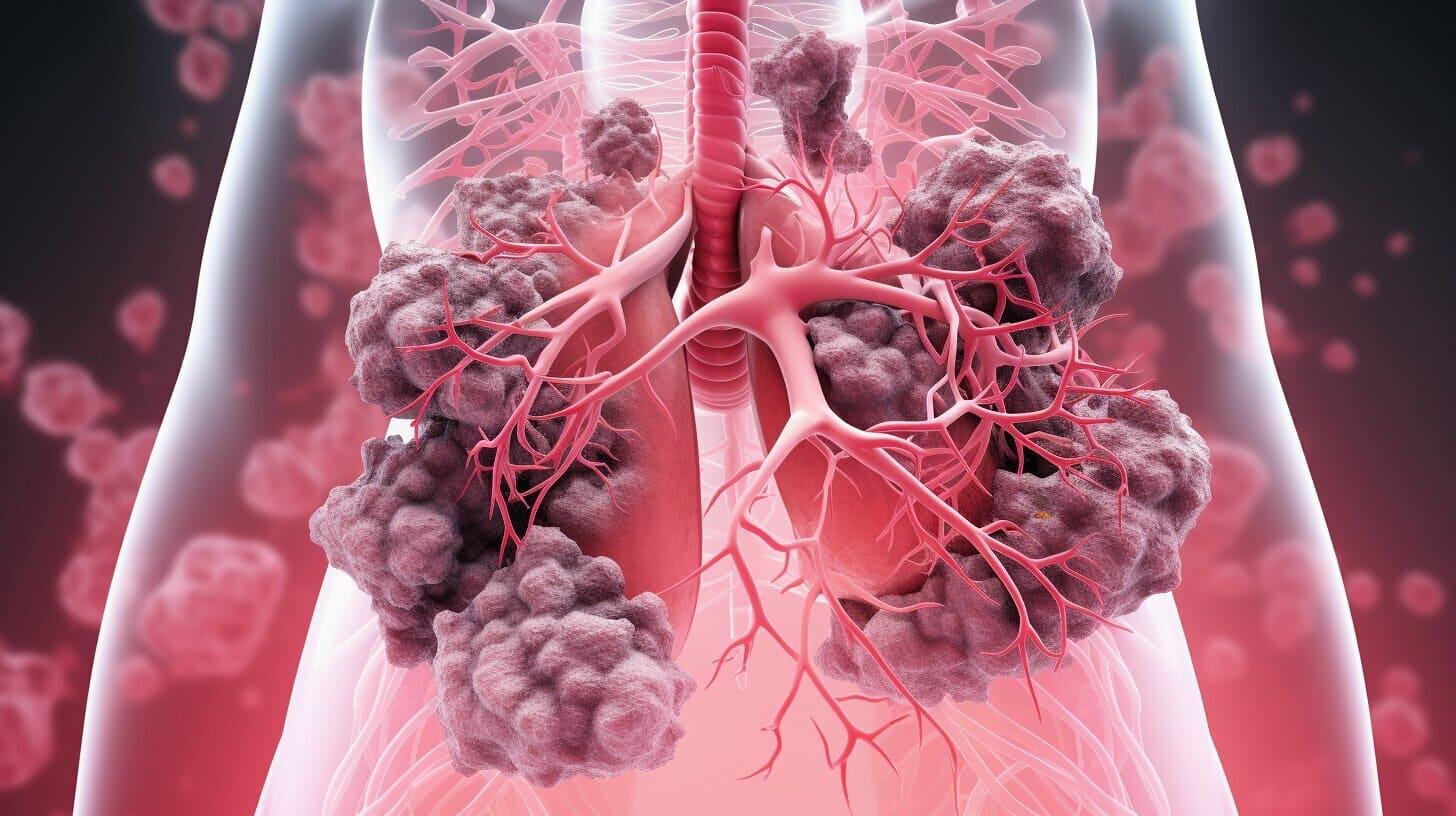KEY TAKEAWAYS
- The phase II trial aimed to perform MAICs evaluating tepotinib against savolitinib, gumarontinib, or capmatinib in NSCLC Asian patients.
- Tepotinib showed similar effectiveness to other MET inhibitors in 1L and 2L+ treatment, with no major differences in response rate or trends towards longer PFS or OS. Future research is needed.
While various MET TKIs are approved or undergoing regulatory review in Asia for treating advanced METex14 non small cell lung cancer (NSCLC), more head-to-head studies must compare their efficacy.
Yi-Long Wu and others aimed to perform Matched-Adjusted Indirect Comparisons (MAICs) assessing tepotinib against savolitinib, gumarontinib, or capmatinib in Asian patients.
Patient-level data from VISION, a global trial for tepotinib (data cut-off: Nov 20, 2022), were reweighted to align with baseline characteristics of Asian trials NCT02897479 (savolitinib), GLORY (gumarontinib), and GEOMETRY mono-1 Cohorts 4/5b (capmatinib). Stratification was performed based on first-/second-line (1L/2L+) status, and subgroup analyses focused on VISION patients with METex14 in tissue biopsies (T+). Comparisons included objective response rate (ORR) and progression-free survival (PFS) by the independent review committee (IRC), as well as overall survival (OS).
In comparison to the overall population of VISION trial participants (n=313), outcomes were comparable among patients enrolled in Asia (n=107) or those in Asia with T+ status (n=87). Before reweighting, T+ patients enrolled in Asia exhibited an ORR of 67% (95% CI: 53, 80), a median PFS (mPFS) of 16.5 months (11.0, ne [not evaluable]), and a median OS (mOS) of 32.7 months (19.1, ne) in the 1L setting (n=46).
In thE 2L+, the ORR was 49% (34, 64), mPFS was 13.8 months (6.9, ne), and mOS was 23.9 months (19.3, ne) (n=41). Following reweighting, PFS and OS appeared to be extended with tepotinib compared to savolitinib and gumarontinib in the 1L+ and 2L+ settings.
Specifically, tepotinib showed a potentially longer PFS compared to capmatinib in the 1L (tepotinib effective sample size [ESS]=5.6; capmatinib, n=3; mPFS: 49.7 [15.9, ne] vs 5.5 months [4.5, ne]) and in the 2L+ and beyond (tepotinib ESS=29.6; capmatinib, n=17; mPFS: 11.1 [5.6, ne] vs 5.0 months [4.1, ne]). Unfortunately, corresponding capmatinib OS data were not available. Improvements with tepotinib compared to the respective comparators were also observed in the overall VISION trial population and among patients in Asia, irrespective of T+ status.
With the limited subgroup size for capmatinib and MET TKI, the available evidence suggests no clinically significant differences in ORR. Simultaneously, trends indicate potential longer PFS and/or OS with tepotinib compared to savolitinib, gumarontinib, or capmatinib, including MET TKI, in patients in Asia for both 1L and 2L+. Research is sponsored by Hutchison Medipharma Limited.
Source: https://cslide.ctimeetingtech.com/asia2023/attendee/confcal/show/session/78
Clinical Trial: https://clinicaltrials.gov/study/NCT02897479
Ke EE, Wu YL, Douglas T, et al. (2023) ‘’MET TKIs in Asian patients (pts) with MET exon 14 skipping NSCLC: A matching-adjusted indirect comparison (MAIC).’’ Presented at ESMO ASIA 2023 (‘593P).









